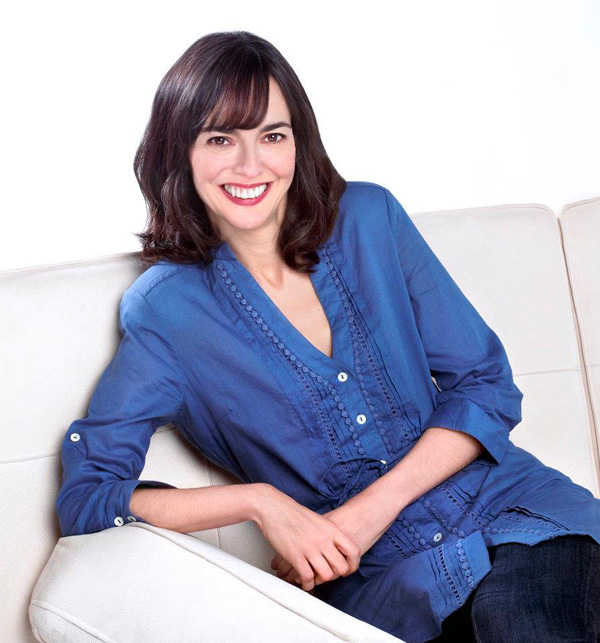 BY LENORE SKENAZY | A high school friend I hadn’t seen in years was passing through New York. We had just a few precious hours to catch up, so we wandered around Central Park, exulting in its blossom overdrive, then sat on a sun-warmed rock to chat. Of course I wanted to see a picture of her kids.
BY LENORE SKENAZY | A high school friend I hadn’t seen in years was passing through New York. We had just a few precious hours to catch up, so we wandered around Central Park, exulting in its blossom overdrive, then sat on a sun-warmed rock to chat. Of course I wanted to see a picture of her kids.
Or two pictures.
Max? Three.
But thanks to that bottomless photo album that also sends texts and makes calls, I saw them all: the kids in their play, the kids at the holidays, the kids with their friends, the kids, the kids, the blurry-but-still-apparently-worth-a-look kids!
And then the husband! And the great uncle! And the husband’s brother’s wife’s mother who is sick. Or fine. Or something — really, I barely know the husband, now I’m high up out on a limb of the family tree and I can hear it cracking under the weight of my not-caring.
Helllllp! Free fall! Can I really be the only person struggling to utter another, “Oh! Nice!” while plunging into photo-induced catatonia? That is the question I asked everyone I could — that is, everyone not so absorbed in their cellphones that they could actually look up to answer me.
“Technology has made it impossible to run away from slide shows,” is how Laura Srebnik, a Brooklyn-based education consultant, summed it up.
“Back in the day, when someone invited you, you could say no. Or if you went, they had snacks.”
Now? Neither.
“It’s not that the pictures are boring,” she adds. “I kind of like looking at them. It’s when it’s like stop-motion animation: ‘Here we are, picking up a shell. Here we are, picking up another shell.’ You see 20 of practically the same image and you’re wondering, ‘Couldn’t you skip that one?’ and they’re saying, ‘I’m just getting to the good one!’”
The key is the word “one,” says Marla Muni, a market researcher in Rockland County.
“Some of the pictures don’t come out well, and they’re never organized and people start flipping through.” Meantime, you’re politely waiting or muttering some kind of pleasantry as the photos fly past. That’s why Muni’s idea of good smartphone etiquette is to have handy one single, clear photo of your children at whatever big event they just had.
“So if you ask somebody, ‘Show me the picture from the prom!’ there it is” — un-blurry and, with any luck, including the whole head.
After that? Time to put the device away and resume conversing.
Queens-based new-media maven Dawn Siff talks about attending her Dallas high school reunion recently.
“You would look around the room at any given point, and half the people were looking down at the phones, frantically scrolling through pictures to find the exact photo they wanted to show people,” she says. “So they’re seeing this person they haven’t seen in years — and immediately ignoring them to cue up the perfect picture.”
It made Dawn pine for an earlier era, when people would extract a photo or two from their wallets and apologize because the front-tooth-missing tot in the picture was actually now engaged to be married.
Susan Avery, a college counselor at Harvest Collegiate High School in Manhattan, was the only gal I could find who both defended showing an album’s worth of photos to friends, and insisted she liked seeing just as many.
“I’m the first one looking at those pictures,” she says.
She relishes them for the same reason she relished her first profession, journalism: “I love people’s backstories.”
That’s certainly a nice way to frame what we are seeing when folks start scrolling through: “Oh, here’s a pair of shoes I was thinking of buying. Here’s our vacation — well, the hotel room, anyway. It was in Antigua. No — Alabama. And here’s a cool bird from my bird feeder. Its wings are flapping so you can’t really see it. And here’s my daughter. And my daughter. And my daughter again, but two seconds later — they change so fast at that age!”
As do many of us viewers — from complimentary to comatose. Knowing this, you have your choice of what to edit: Your photos, or your friends.
Choose wisely.
Lenore Skenazy is a public speaker and founder of the book and blog Free-Range Kids (freerangekids.com).

















